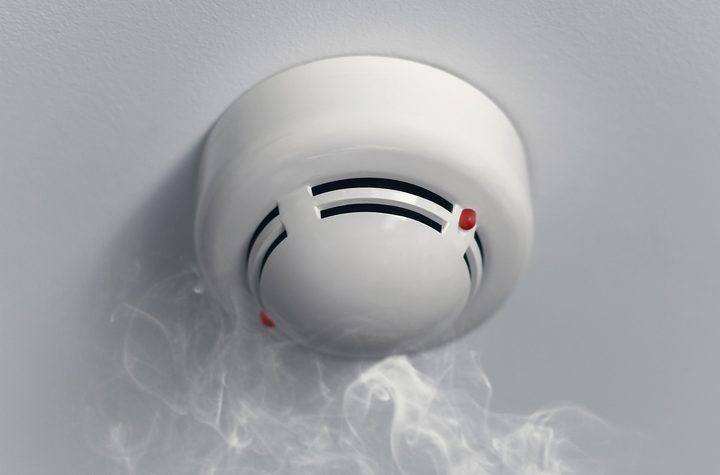Smoke detectors were invented in the 60s and are now mandatory in new home builds. Some provinces require a 10-year battery smoke alarm for older homes because the houses aren’t hard-wired for smoke detectors.
The bottom line, every home should have several smoke detectors. The technology will reduce the risk of fire-related injury or death to you and your family.
What exactly is a smoke detector, and how do they work? Here are the four different types of smoke detectors for your home:
Type #1: Ionization Smoke Detectors
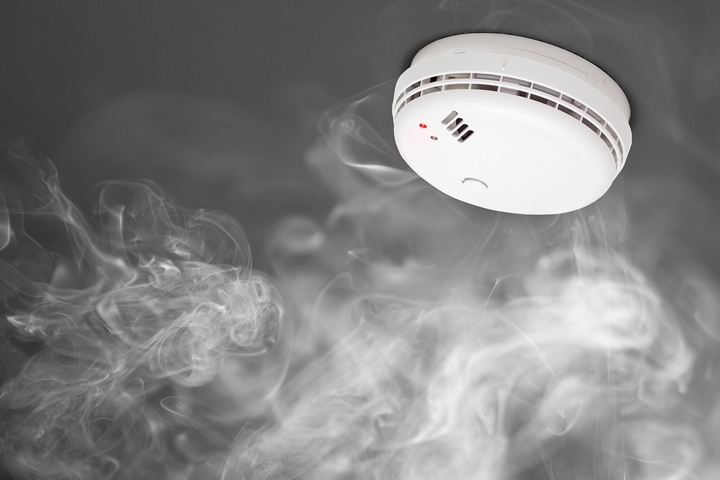
When America was developing the nuclear bomb as part of the Manhattan Project in the 1940s, they detected Americium, a radioactive chemical element. It is produced by bombarding uranium or plutonium with neutrons during nuclear experiments, but today it is used in our smoke detectors.
Inside this smoke detector is an air-filled ionizing chamber with two plates with a voltage across them and a compound of americium called americium oxide. In this form, it is solid, which is safe to handle and use. The americium oxide, AmO2, is encased in foil and ceramic so no alpha particles can escape outside of the detector and cause a radiation health risk. Also, alpha particles can’t travel very far because they are heavy.
The americium generates alpha particles, ionizing nitrogen atoms in the air. Ionizing is when an electron is knocked off the atom, creating a negatively charged free electron with the positively charged atom left over. The free electron is attracted to one plate because of its positive charge, and the atom to the other plate is negatively charged because of opposite attraction. This, in turn, creates a flow of ions and is a small electrical current.
When the smoke from a fire enters the detector and breaks the flow of ions by absorbing the alpha particles and neutralizing them, the drop in current is sensed by a circuit board and then triggers the alarm inside.
These smoke alarms are the most common and are widely used in homes. They are cheaper to produce and detect very small smoke particles in the air. Unfortunately, this makes them prone to giving a false alarm. They do, however, respond quicker to fast-flaming fires.
Type #2: Photoelectric Smoke Detectors
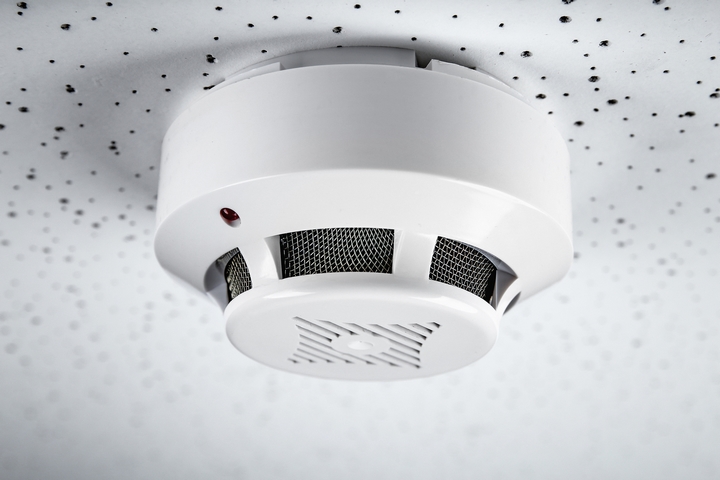
Instead of detecting smoke through ionization, a photoelectric smoke detector senses smoke optically. It was invented in the early 1970s and is a reliable detector to have in your home.
Inside a photoelectric smoker detector, there is a source of light that is either ultraviolet, visible or infrared. Either an incandescent light bulb or a light-emitting diode (LED). There is also a lens and a photoelectric receiver in the form of a photodiode. These components are contained in a chamber that allows air to flow freely inside.
Under normal conditions, the light travels from the source to the receiver undisturbed, and the angle of the path doesn’t hit the sensor. When smoke enters the chamber, its particles reflect the light, scattering and hitting the sensor. This then triggers the alarm.
For larger areas or auditoriums, projected optical beams are used where a wall-mounted unit sends a beam of light across to another receiver or reflects a detector. Other types detect the air as it crosses to the photosensor, and if the light intensity is reduced from smoke or dust to a certain threshold, it will sound an alarm.
A photoelectric smoke alarm is more responsive to smouldering fires but is slower at detecting rapidly growing ones.
Type #3: Dual Sensing Smoke Detectors
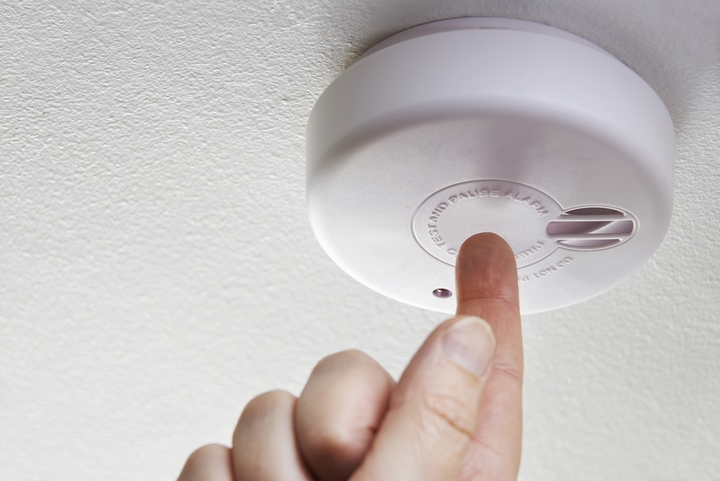
This is where you have the best of both worlds. This detector utilizes both technologies to have comprehensive coverage for both types of fire and provides the best safety for your family.
Type #4: Heat Detectors
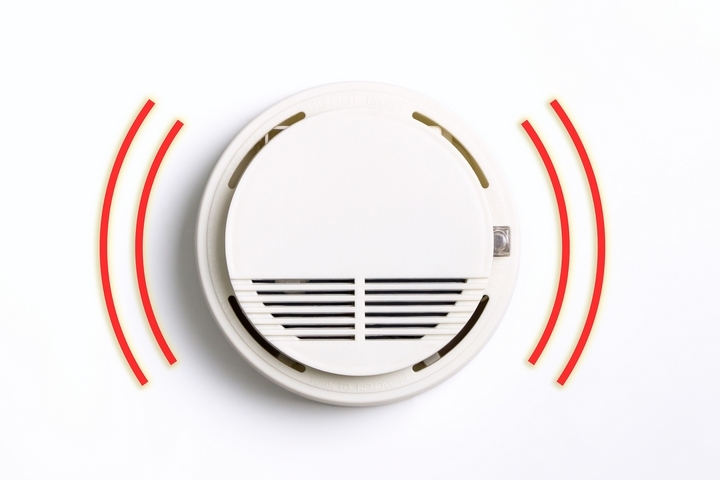
Another type of fire detection is done through a heat detector. They work by detecting increases in air temperature from flames but can also be triggered by steam, dust and humidity. They have their role to play but are not replaceable for other smoke detectors.
The smoke detectors will be hard-wired in newer homes, and they don’t require much maintenance. They do have backup batteries that should be tested every six months. If you don’t have this, you can mount battery-operated ones. Make sure to test them every month to ensure they are ready to alert you during a fire.
Both smoke detectors have their advantages and disadvantages, so ultimately, a dual detector is the best defence in a fire. If you already have one type installed, consider adding the other model as well. Knowledge is power, and now you have a firm grasp on the different types of smoke detectors in the market today. Go forward with your smoke detector mastery and protect your loved ones from any house fire.

